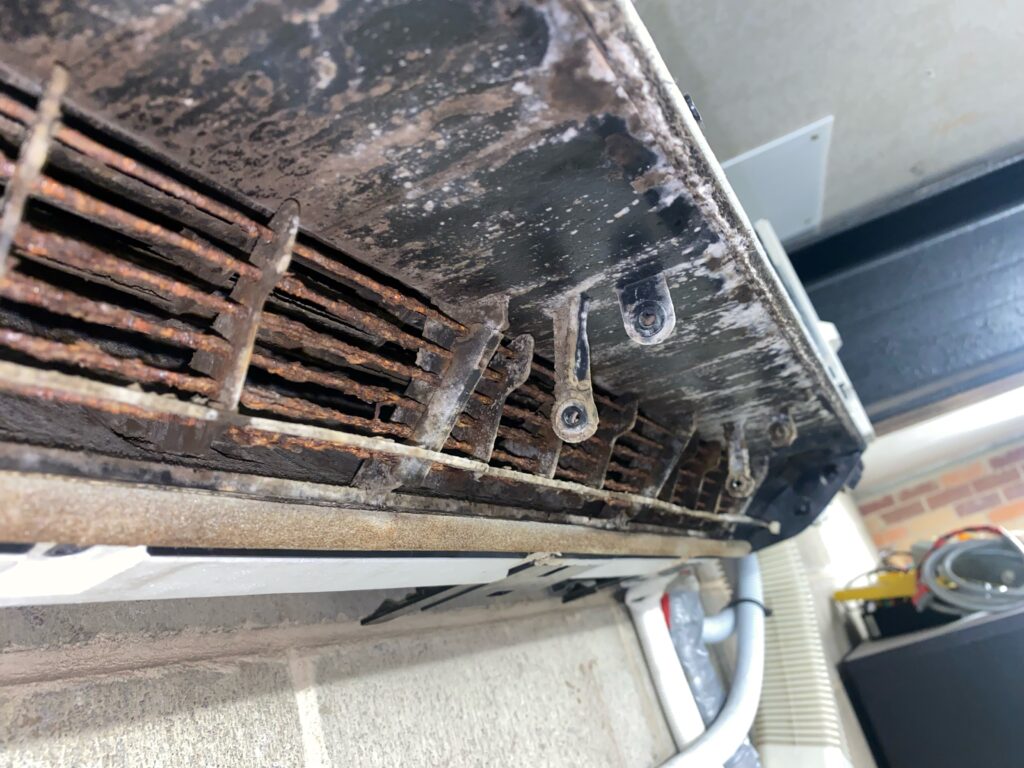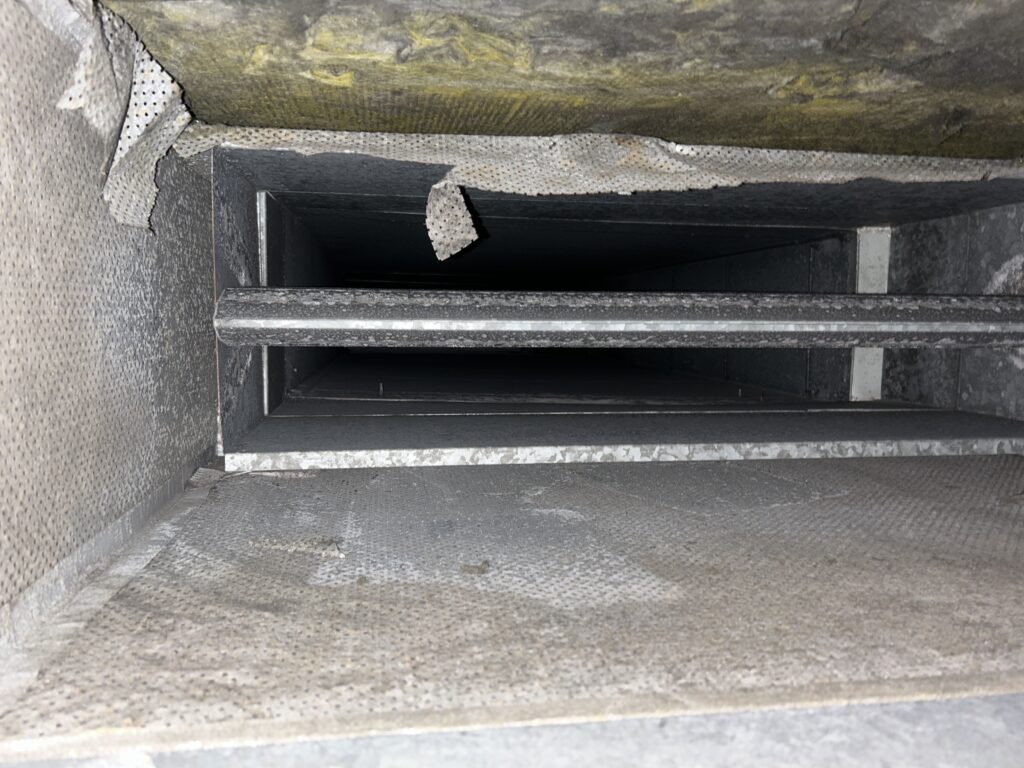Discover effective strategies to combat and prevent mould in your HVAC system and building structure.
Understanding the dangers of mould in your HVAC system
Mould in your HVAC system can pose serious health risks and compromise the indoor air quality of your building. Mould spores can be released into the air and inhaled, leading to respiratory issues, allergies, and even infections. Additionally, mould growth in your HVAC system can spread throughout your building, affecting multiple areas and causing further damage.
Moreover, mould thrives in damp and dark environments, making HVAC systems an ideal breeding ground. The presence of moisture and organic matter, such as dust or debris, provides the perfect conditions for mould to grow and spread. Understanding the dangers of mould in your HVAC system and taking immediate action to combat it is crucial. In this article, the Australian Government identifies mould’s possible health and social impacts. ( read the full article here)
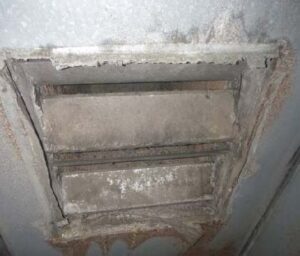
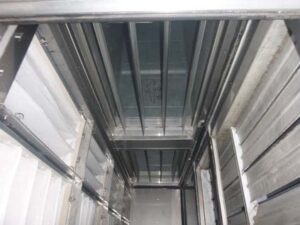
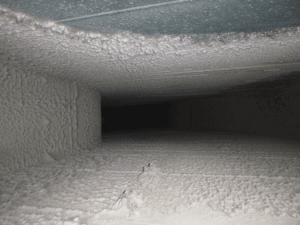
Signs of mould infestation in your HVAC system
Detecting mould infestation in your HVAC system can be challenging, as it often goes unnoticed until the issue becomes severe. However, some signs indicate the presence of mould. Unpleasant musty odours emanating from the grille or a persistent damp smell in the air can indicate mould growth. Additionally, if you notice visible signs of mould, such as black or green patches on the grille or around the HVAC unit, it is a clear sign of infestation.
Other signs include increased allergy symptoms or respiratory issues among occupants, frequent headaches, or a decline in indoor air quality. It is essential to be vigilant and regularly inspect your HVAC system for any signs of mould infestation.
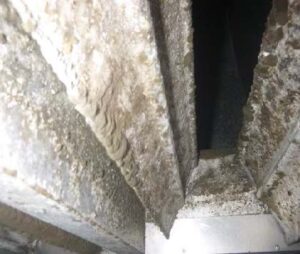
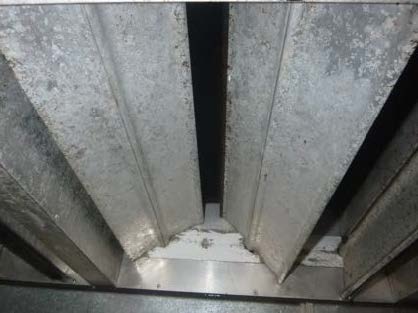

Effective mould remediation techniques for HVAC systems
When it comes to mould remediation in HVAC systems, it is crucial to address the root cause of the problem and eliminate the mould growth effectively. Here are some effective techniques to combat mould in your HVAC system:
1. Professional Inspection: Hire a qualified HVAC technician to assess the extent of mould infestation and identify the source of moisture causing the mould growth. They will thoroughly inspect the system and provide recommendations for remediation.
2. Cleaning and Disinfection: The HVAC system should be thoroughly cleaned and disinfected to remove mould spores and prevent further spread. This includes cleaning the air handling unit, air ducts, grille, coils, and other components of the system.
3. Repairing Leaks and Reducing Moisture: Identify and fix any leaks or sources of water intrusion in the HVAC system. Proper drainage and ventilation should be ensured to prevent the accumulation of moisture.
4. Improving Air Filtration: Upgrading the air filters in your HVAC system can help trap mould spores and prevent their circulation.
5. Regular Maintenance: Implement a regular maintenance schedule for your HVAC system to prevent mould growth. This includes cleaning or replacing filters, checking for leaks, and ensuring proper airflow throughout the system.
6. Installing germicidal UVc in AHU following coil disinfection, you want to remove the coil as a contributor to mould growth in your building
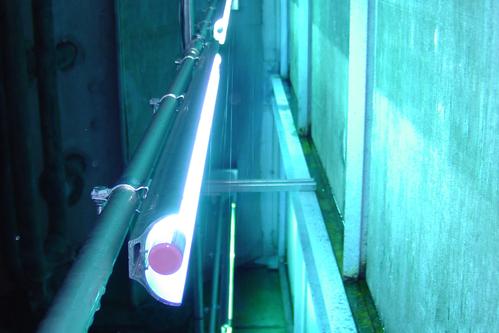
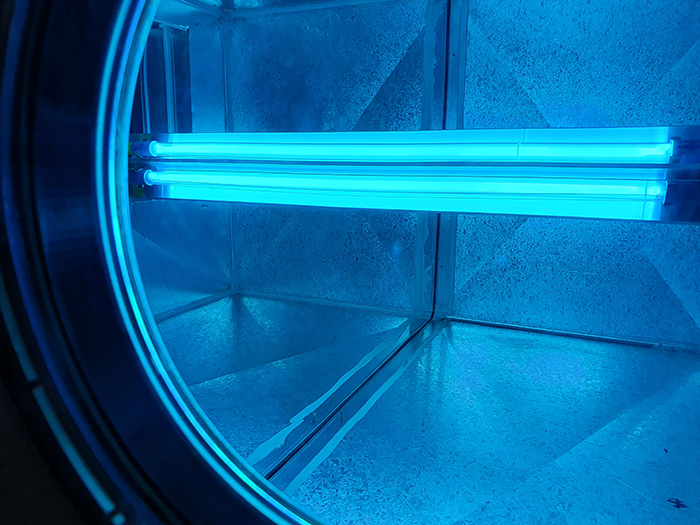
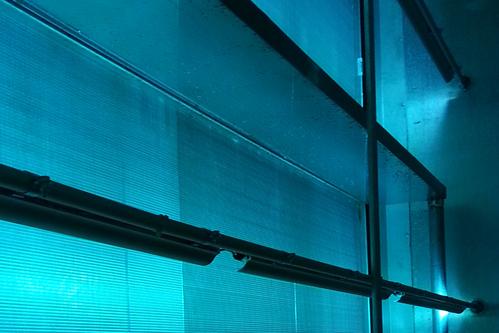
Preventing mould growth in your building structure
Apart from addressing mould growth in your HVAC system, it is essential to take preventive measures to inhibit mould growth in your building structure. Here are some strategies to prevent mould growth:
1. Proper Ventilation: Ensure adequate ventilation throughout the building to reduce humidity levels. Proper airflow helps dry out damp areas and prevent conditions suitable for mould growth.
2. Controlling Moisture: Regularly inspect your building for any signs of water leaks, condensation, or moisture buildup. Address these issues promptly and ensure proper drainage and waterproofing to prevent moisture penetration.
3. Regular Cleaning: Implement a regular cleaning routine to control dust, debris, and organic matter that can contribute to mould growth. Pay special attention to areas prone to moisture, such as bathrooms, kitchens, and basements.
4. Maintain Proper Humidity Levels: Use dehumidifiers in areas with high humidity to keep the moisture levels in check. Ideally, indoor humidity should be below 50% to inhibit mould growth.
5. Educate Occupants: Raise awareness among building occupants about preventing mould growth. Encourage them to report any signs of mould or moisture issues promptly to avoid further spread.
6. Installing germicidal UVc in AHU following coil disinfection, you want to remove the coil as a contributor to mould growth in your building
Following these preventive measures can significantly reduce the risk of mould growth in your building structure. The National Construction Code outlines some guidelines in its indoor air quality handbook for further guidance.


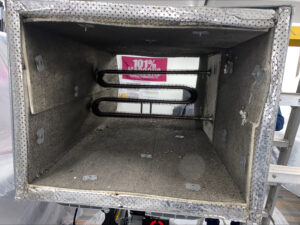
The importance of regular maintenance and inspections
Routine maintenance and inspections of your HVAC system and building structure are crucial in preventing and combating mould growth. You can identify and address potential issues by implementing a proactive approach before they escalate. Here’s why regular maintenance and inspections are essential:
1. Early Detection: Regular inspections allow you to detect any signs of mould growth or moisture issues at an early stage. This enables prompt remediation and prevents further damage.
2. Improved Indoor Air Quality: Proper HVAC maintenance ensures clean indoor air quality. Regular cleaning and filter replacements help trap mould spores and prevent circulation.
3. Energy Efficiency: A well-maintained HVAC system operates more efficiently, saving energy. Regular inspections help identify any issues affecting the system’s performance and efficiency.
4. Extended Lifespan: Regular maintenance enhances the lifespan of your HVAC system and building structure. By addressing any potential problems promptly, you can prevent costly repairs or replacements in the long run.
5. Compliance with Regulations: Regular inspections ensure that your HVAC system and building structure comply with relevant health and safety regulations. This helps in creating a safe and healthy environment for occupants.
6. Have your IAQ checked annually to identify emerging issues before they become problematic.
Establish a comprehensive maintenance and inspection schedule for your HVAC system and building structure to reap these benefits and prevent mould growth effectively.
